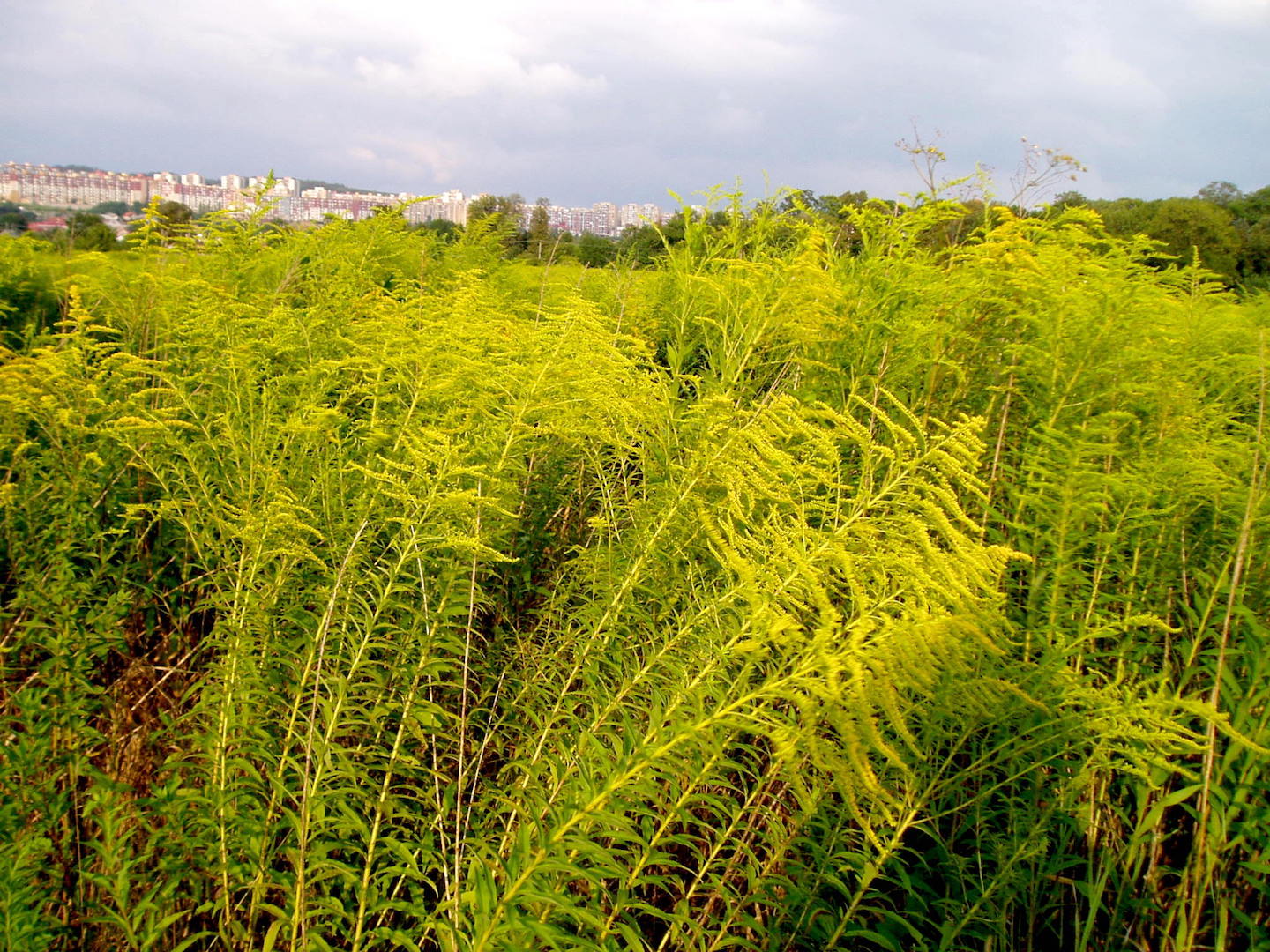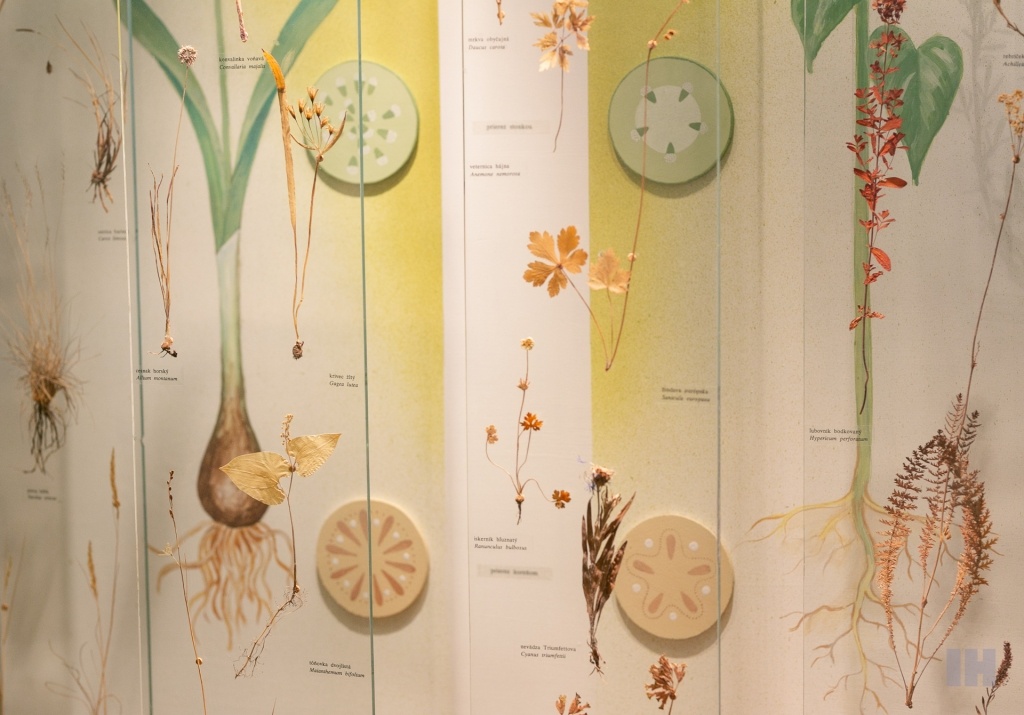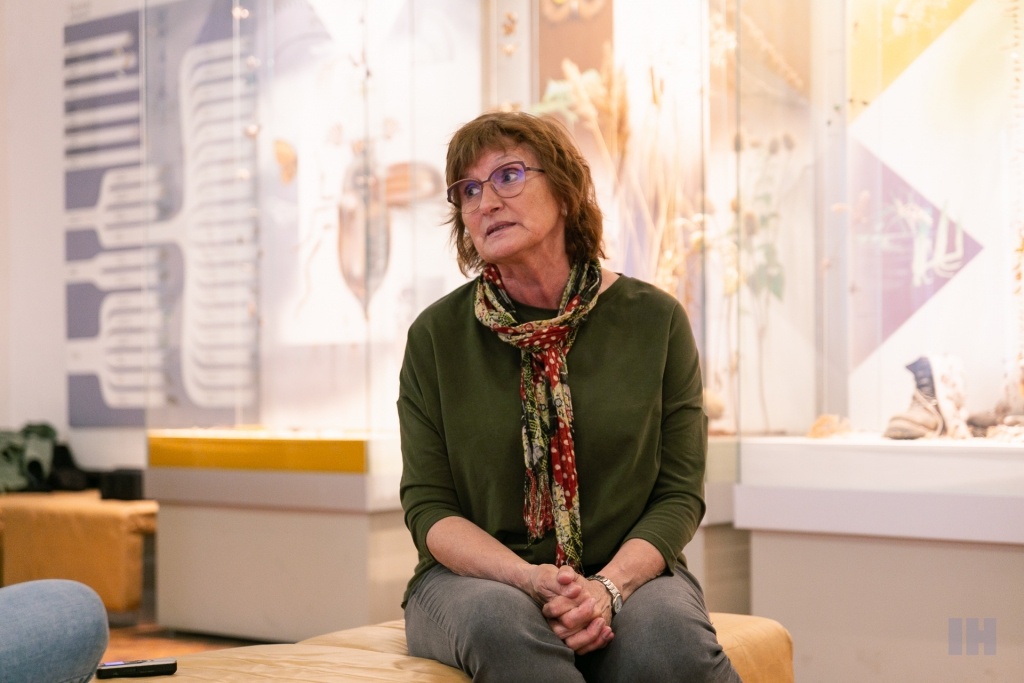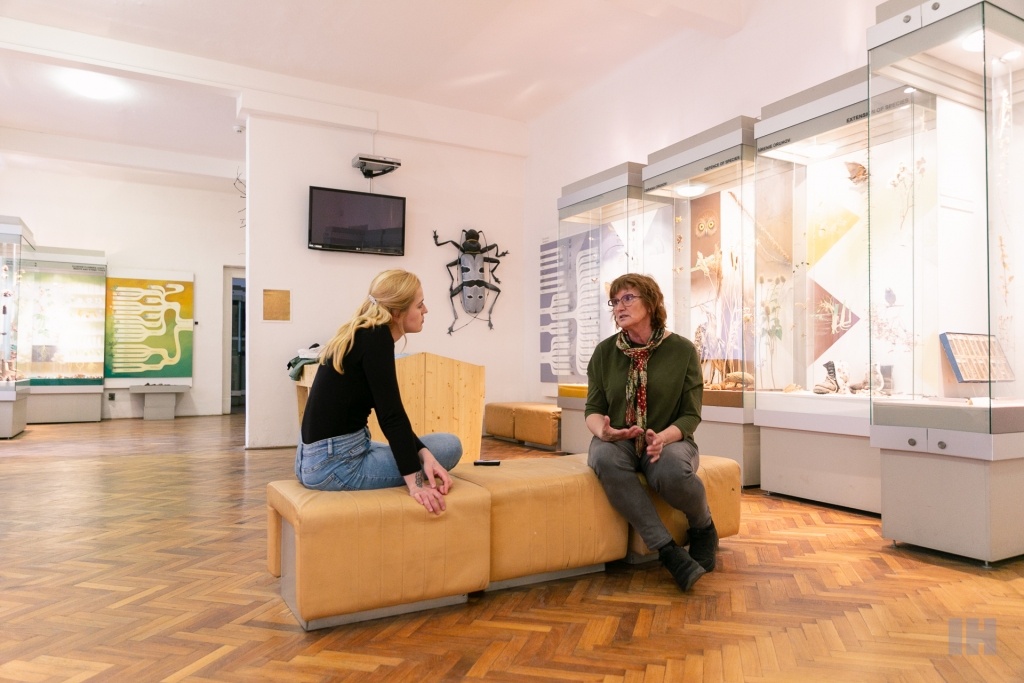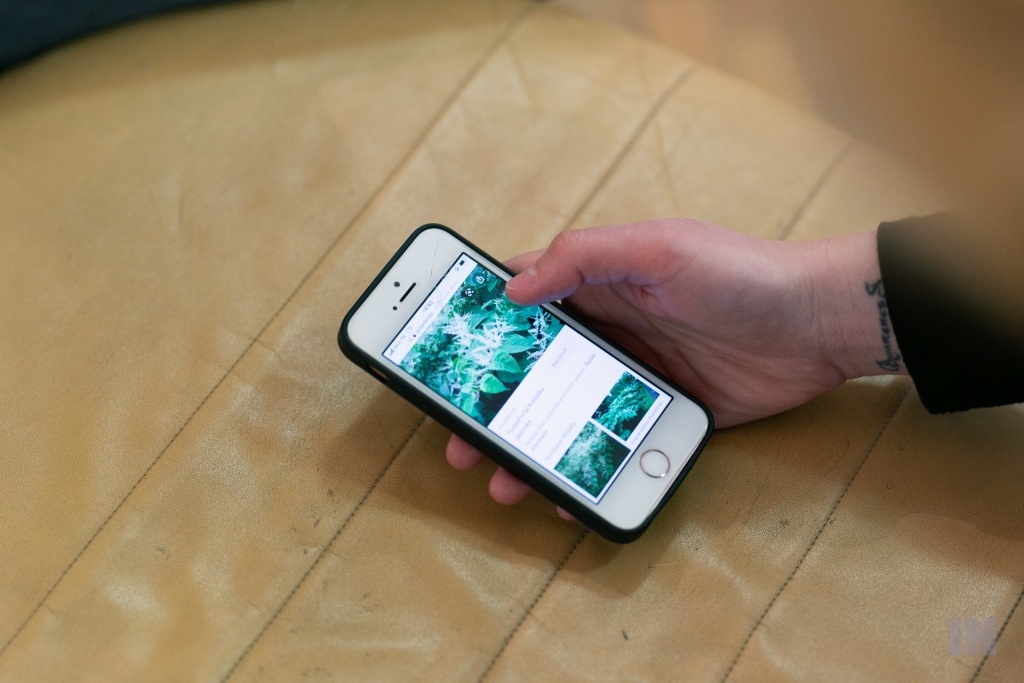Invasive plant species are a serious global problem, says a botanist Eva Sitášová
Invasive plant species – a term which is familiar to few, but the impact of these non-native plant species imported into our country from abroad is immense. Flowers, herbs, or even woody plants whose habitat is not found in Slovakia, occupy the space of domestic plants and, most importantly, cause dangerous allergic problems or lead to various skin injuries. Eva Sitášová studies invasive plants in Košice – she spent the last 32 years as a head of the Department of Natural History at the East Slovak Museum. Last year before retiring, Eva decided to complete the data on the city’s non-native species so as to prevent further harm that they may cause.
8000 herbarium items
She completed her studies in general biology at the Faculty of Science at the University of Pavol Jozef Šafárik in Košice and later worked for four years at the Department of General Botany of the university, which is situated in the building of the Botanical Garden. Since then, she has been employed at the East Slovak Museum (VSM) for 37 years and headed the Department of Natural History for more than three decades. Her work in the museum has always included a diverse range of activities such as lecturing, surveys and collecting activities.
“In 1988, we founded the Department of Botany, where I took on the position of a botanist. As the East Slovak Museum is an institution which compiles collections, we created the first collections and poured the plants into plexiglass by hand – back then, it was during the time without advanced laboratory equipment. Today, the museum’s herbarium has up to 8,000 items from eastern Slovakia, but also from foreign countries. I dedicated my first exhibition ‘Nature for Health’ to medicinal plants, which I also examined in my diploma thesis at the university, namely the constituents of garden chamomile roots. My love for medicinal plants has stayed with me to this day and forms an extensive part of my professional portfolio. The latter was taken by invasive, non-native plant species, to which I devote almost all my work in the museum.”
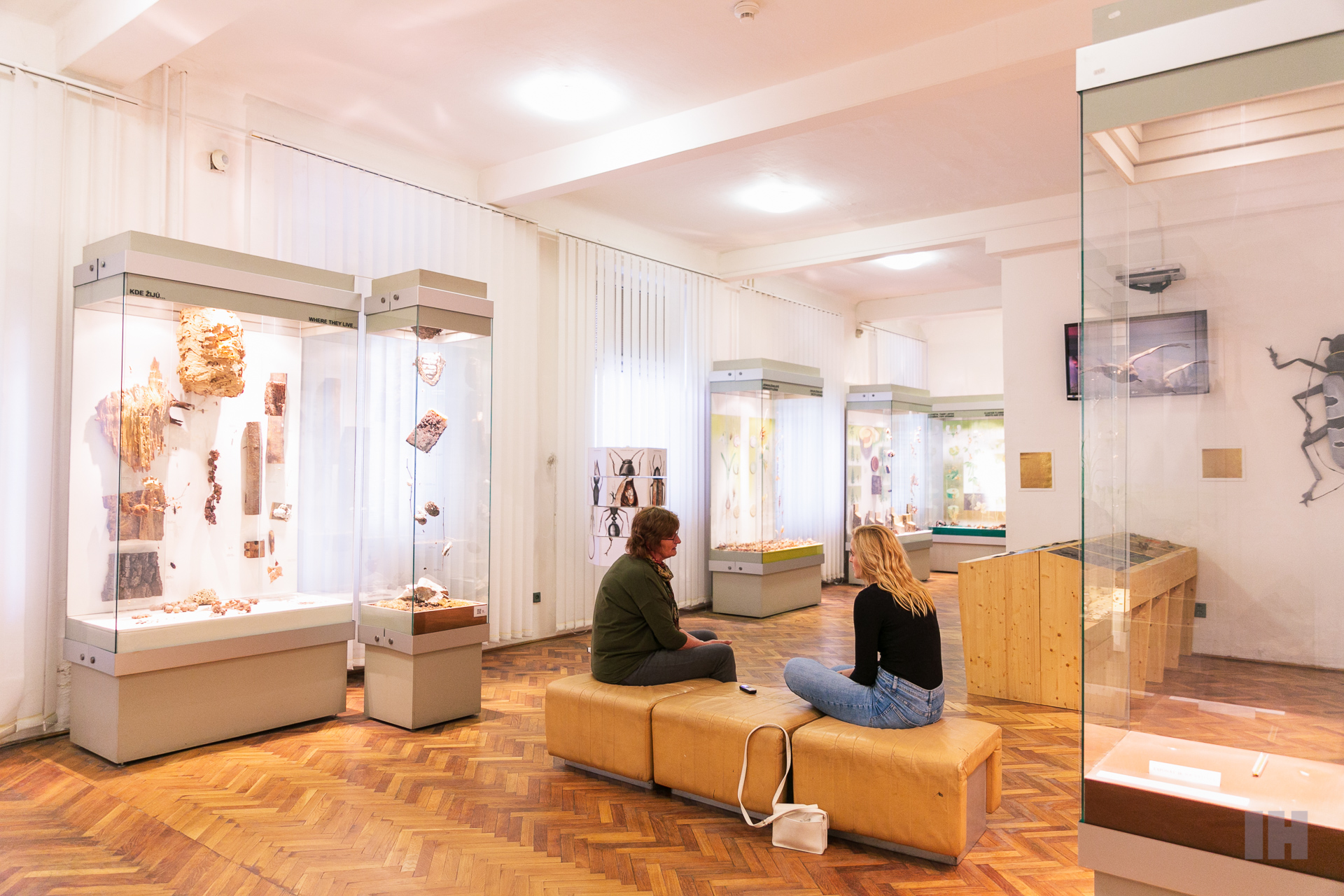
Canadian, Japanese, Czech
Invasive plants are non-native botanical species that disrupt the natural course of the given habitat. These plants came to Slovak territories in various forms, most often through importation. Canada goldenrod, Japanese knotweed, Czech knotweed, black locust tree, tree of heaven or annual ragweed are the names of only a few specific species that also occur in Košice. Their biggest negative aspect is the ability to expand into enormous areas and dimensions. One of the reasons for serious problems regarding these plants is the ignorance of local farmers, as Eva explains: “If Košice wants to become a green city, it must take proper care of invasive plants. Therefore, I have decided to make complete monitoring of non-native invasive species in the city this year. I plan to submit the result of my work to the Commission of the Environment, and I hope that things will move for the better and this serious botanical issue of our nature will be dealt with by those who are in charge.”
Beauty manufactures disaster
There are several reasons why to take action against non-native species – firstly, because of their enormous expansion, they take the space of the plants that naturally belong to a given environment. Invasive plants do not meet any obstacle in spreading – the pests or diseases do not occur in the new habitat and so they manage to reproduce while the original plants cease to cover large areas or stop growing completely. The second reason is the coverage of agricultural areas, which could, in another way, be used for crop production or other activities. The last, but probably the most threatening problem for people, are the strong allergic reactions they cause.
“Species such as annual ragweed or Canada goldenrod increase the proportion of allergy patients several times higher. In Hungary, for example, due to ragweed, their number has increased by 20% in recent years. This species can also be found in the areas of Košice, or the city’s vicinity. These are most often roads, where transport with car wheels helps plants to spread. At the same time, the right management would be able to prevent such an expansion – measures such as mowing the edges of the road regularly and thoroughly before flowering provide great help. The total eradication of these plants requires several years of methodological activity – many species are characterized by the ability of long-term dormancy, which means preventive growth arrest in adverse conditions. In this way, they can survive a few years and periods until they bloom again. Many people plant invasive herbs or flowers because of their attractive look, but they have no idea what catastrophe they will leave in their garden.”
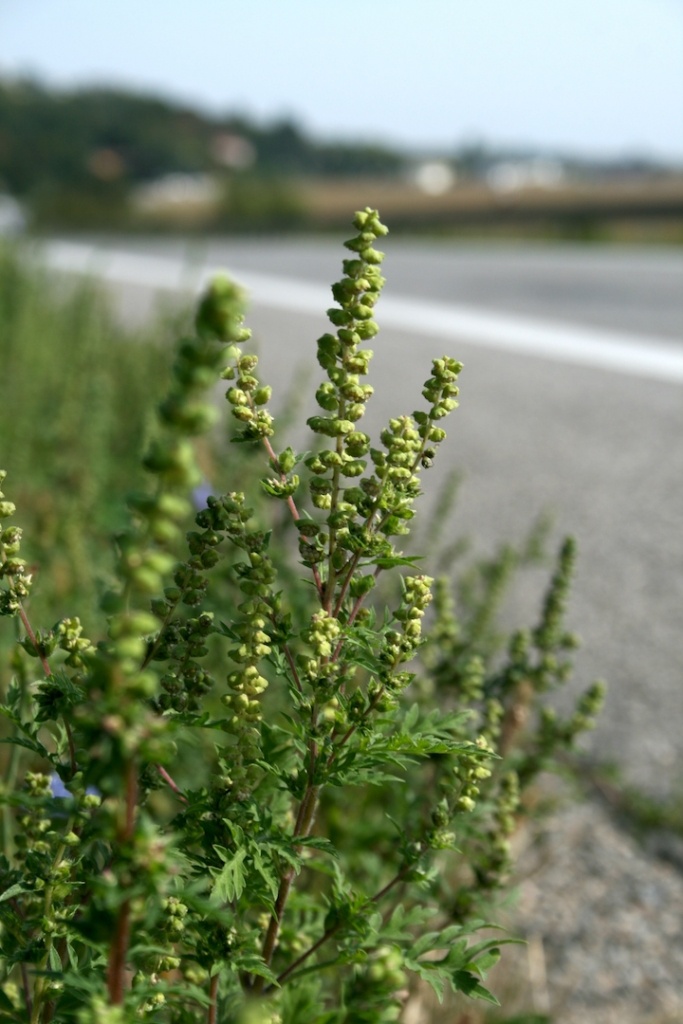
Annual ragweed 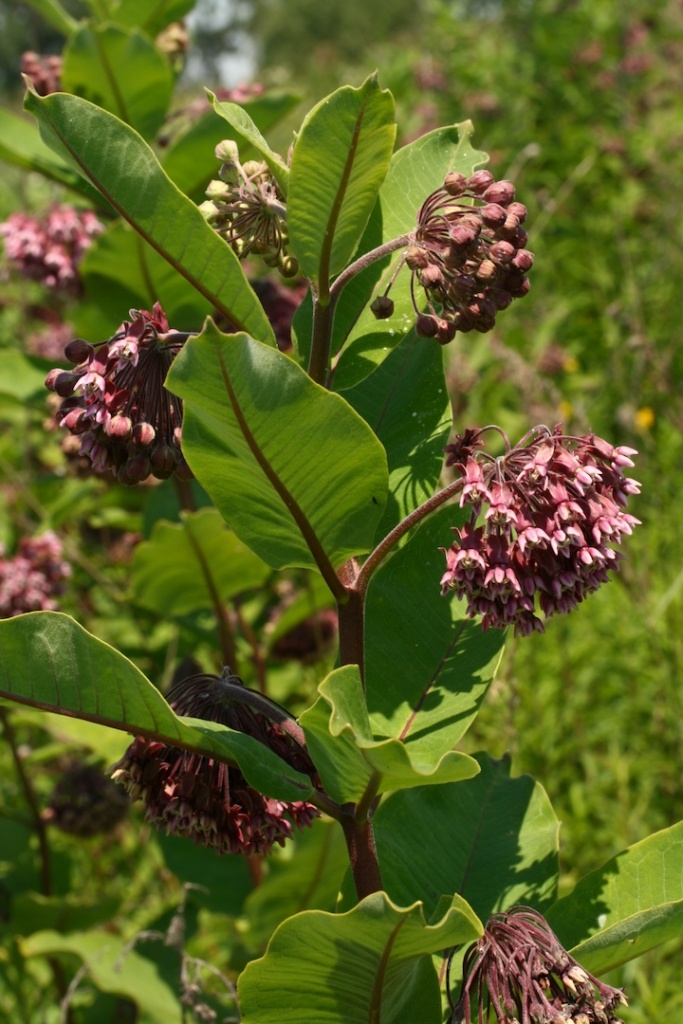
Common milkweed 
Tree of heaven
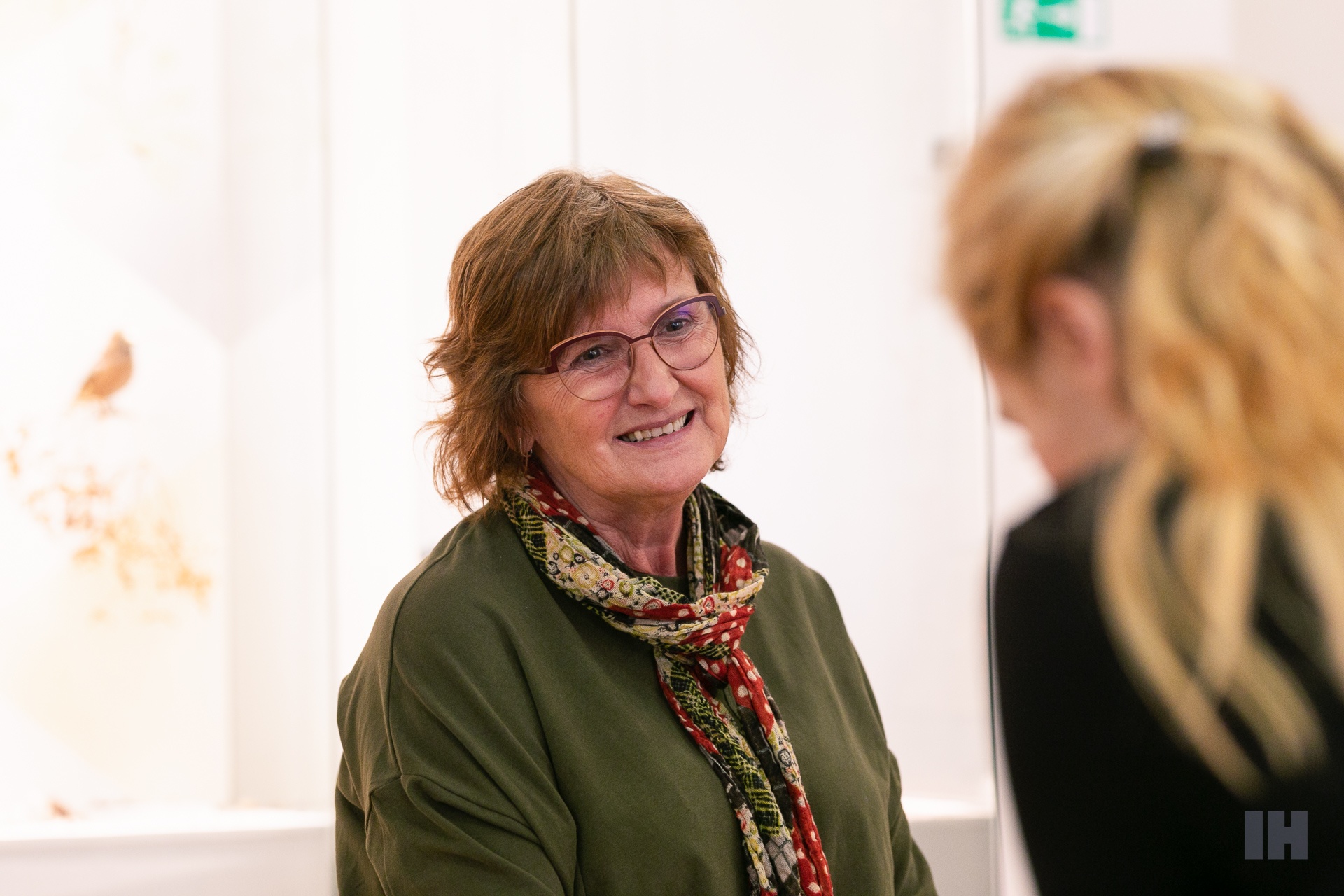
Long fights vs. long-term inventory
Slovak legislation includes 11 species of invasive plants and, therefore, forbids their cultivation, reproduction, import or trade. The law states that the affected areas should be taken care of by the administrator or their owner. However, there are almost 916 non-native species in the whole country, and about 29 species are invasive. The problem frequently arises when it is not clear to whom the area belongs or several owners do not take care of the area collectively. Eva explains that there are three types of management in preventing the spread of invasive plants in the world:
“There exists a classic, mechanical way – this includes mowing and manual plucking out the plants. The second method is chemical spraying and the last is a combination of both aforementioned. Of course, anything cannot be used at any time and the threat to other species that are in the vicinity of non-native species must be taken into account. In some cases, however, it is necessary to intervene with a chemical solution. In some localities in the alluvium of the Uh River, for example, there occurs giant hogweed – it is a huge carrot-like plant, which was planted in the monastery, castle gardens in the neighbouring Czech Republic. It produces 40,000 seeds and their dormancy can sometimes last up to 4 years. It contains substances that cause burns and large blisters, which is especially dangerous for children.”

“Human ignorance is the driving force behind the phenomenon of invasive plants. Many people simply like the aesthetic function and melliferous quality of individual flowers or herbs. Few people realize what catastrophe a non-native plant can cause in our habitats and to what extent the allergies have spread in the surrounding countries in recent years. If we want to preserve the natural biodiversity of Slovakia, we must take action and respond to this issue.”
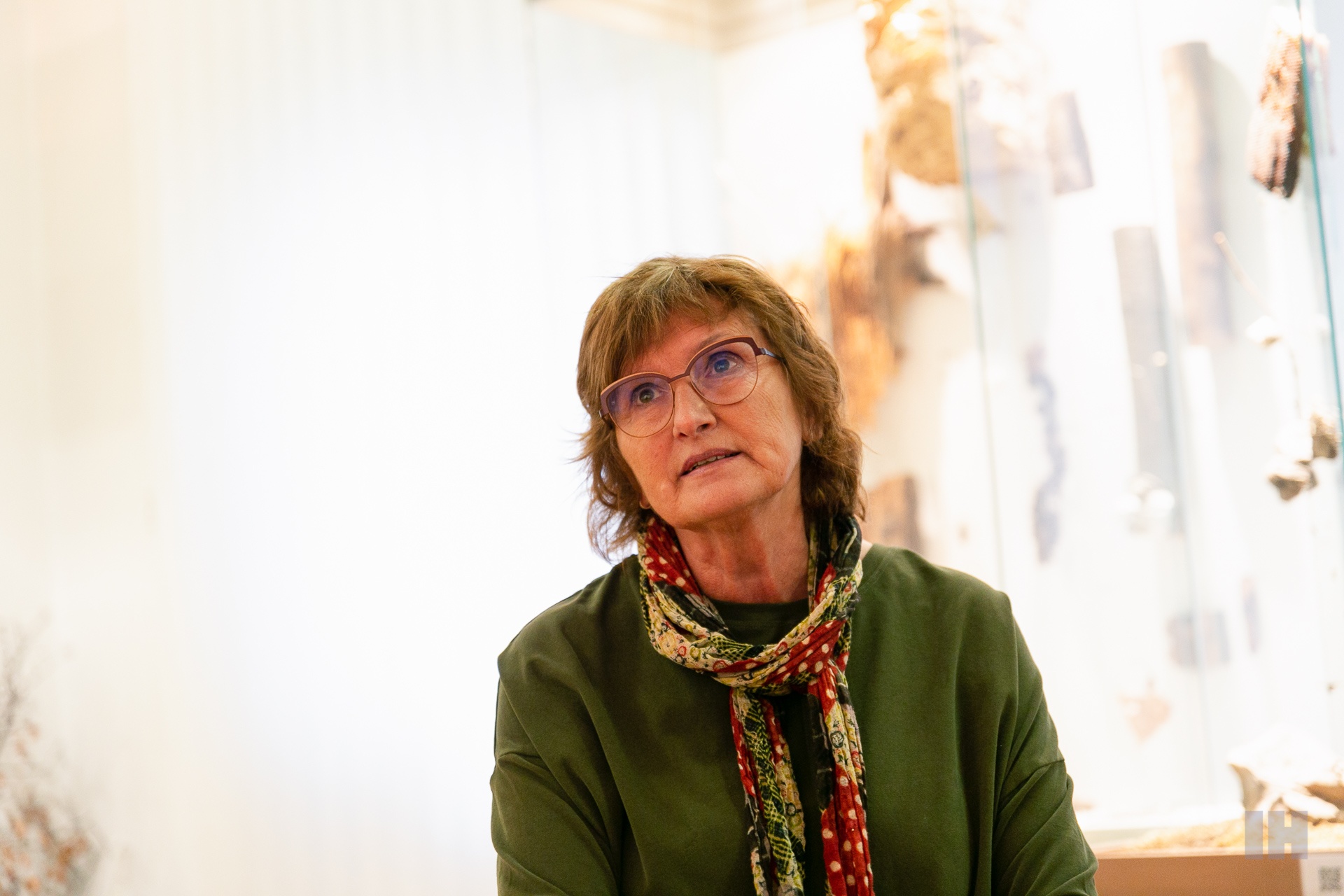

Giant hogweed 
Czech knotweed
Find them near Cassovar, too
Eva Sitášová is retiring after 37 years working in the East Slovak Museum. For 2020, she decided to prepare a complete inventory of non-native species in Košice, their occurrence, possible threats and a management proposal for their removal.
“I walk around the whole city and I know where all the invasive plants grow. For example, above Žriedlová Street near Cassovar, you’ll find Czech knotweed, the same goes for many places in neighbourhood Terasa, or in the southern part of the city with Japanese and Czech knotweed. In the alluvium of the Hornád River near the village Družstevná pri Hornáde or the plots close to the park Anička, you’ll encounter large areas of Canada goldenrod, especially in autumn. Problems in the city are also caused by a tree of heaven, or Negundo aceroides Moench on Štefánikova Street. Last but not least, the communication with road workers, railway workers, water managers, foresters and farmers is extremely important for the overall issue. I do my research so the city’s Commission for the Environment may take a look at it – the first step, when dealing with this issue, is to make the ones in charge aware of what is growing in our country and what dangers these plants pose. It’s never too late. You can always do something and solve this problem with the most appropriate or optimal approach possible.”
Photographs of invasive plant species provided by Eva Sitášová
